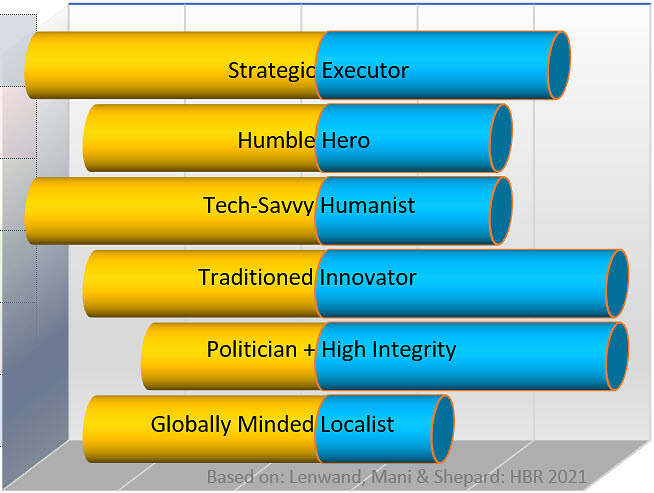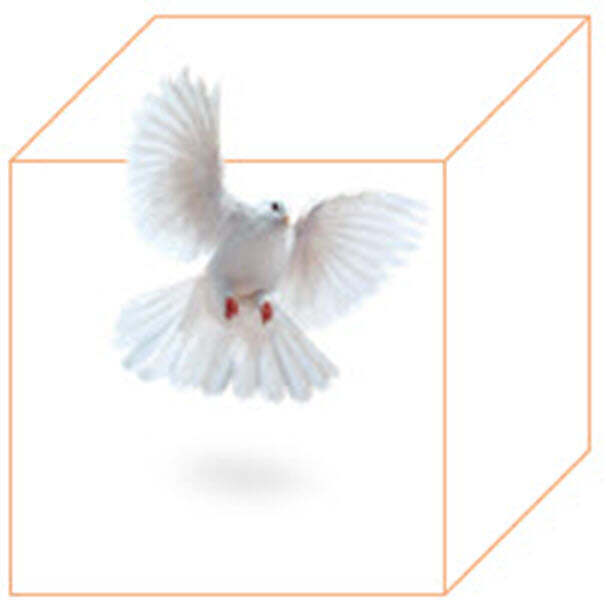6 Leadership Paradoxes for the Post-Pandemic Era
Graphical representation based on Linwand, Mani and Sheppard’s 6 Leadership Paradoxes for the PostNormal
People are the real assets of any company. It is their ability, creativity and collective engagement that make a company what it is. When employees commit their hearts and souls to the organisations for which they work, those organisations thrive. Employees of innovation-driven corporations need a high degree of liberty, and they need to work in a supportive creative environment. Designers and innovation managers as cultural change agents enable organisations to inspire all employees towards innovation, to give them the scope and the tools to dare to think creatively and disruptively – to be open to change and to be willing to take risks, even if it means ending in potential failure.
Without employees who feel supported and free to develop ideas, innovation will not thrive. This is why employees of innovation-driven corporations need a high degree of liberty and in particular free access to common knowledge resources like they exist in communication networks, databases and cultural groups.

Graphical representation based on Linwand, Mani and Sheppard’s 6 Leadership Paradoxes for the PostNormal

How do severe discontinuities like the COVID-19 impact business, finance, technology, government, and even our way of living and working? Here we explore 25 key aspects of The Big Divergence, seen from the point of view of customers —both individuals and businesses—are longing for.

Welcome to a series where we present key strategic thinkers’ findings. We begin with a macro view from McKinsey’s ongoing survey ( as of mid-October 2020) of how executives’ expectations have emerged and changed over time.

Previously published in LinkedIn 2019SEP06 Part 4/8 of – Transformation Flows, Flaws, and Fails How to understand a Digitized Generation’s impact. Not grasping these DeeGees’ mindframe – is how “innovators” end up creating mere extensions. Defining the mission both clarifies and delimits. Example: “interface innovation” mostly ends up with “form factor” exercises. It’s how only…

Telecommunications’ new leadership role in the context of the Digitized Era’s transformed objects, organizations, and culture.

The future is more than just leading digital innovations; it is about imagining a new order of leadership appropriate to a digitized world